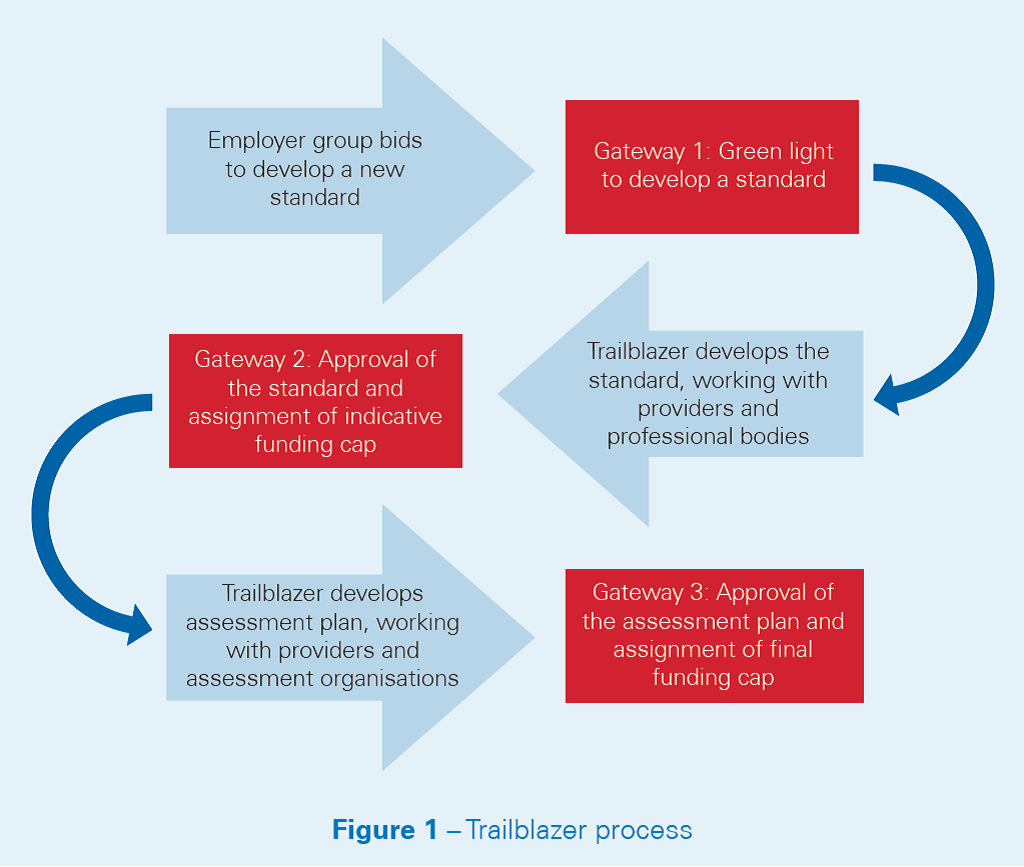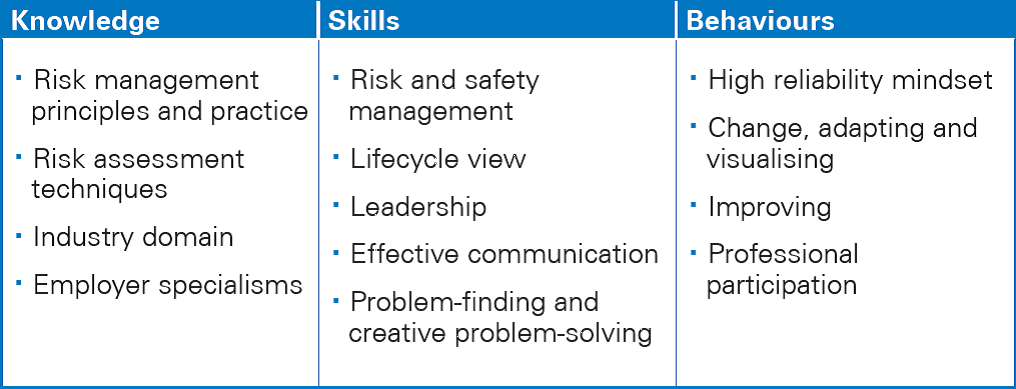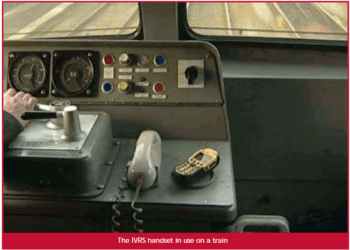Degree apprenticeship in risk and safety management
Apprenticeships have long been recognised as an important way to develop the skills needed by employers, and the UK government is transforming the quality and quantity of apprenticeships in England. Nobody understands the skills that employers need better than the employers themselves. As a result, the government is placing employers in the driving seat for designing apprenticeships to focus on the knowledge, skills and behaviours (KSBs) needed from their future workforce. A financial levy puts employers at the heart of paying for and choosing apprenticeship training.

THE NEW APPRENTICE
The traditional view of apprenticeships is that they are undertaken by 16 year old high school leavers taking up trades such as mechanic, electrician or plumber. But apprenticeships today span the full spectrum of vocations and qualifications right up to master’s level.
Degree apprenticeships entitle apprentices to achieve a full bachelor’s (level 6) or master’s degree (level 7). They are co-designed by employers, universities and professional bodies and combine university education and work experience.
For the apprentice they are a great alternative to the traditional university-only route in that the individual receives a salary, incurs no tuition fees (no student debt), gains vocational training as well as an academic education and has the chance to gain professional accreditation and membership. According to a recent survey, even if money was no object, 62% of parents would still prefer their child took a degree apprenticeship.
The employer gains an employee with a directly relevant academic qualification and practical experience, who meets the competence requirements of their role. The employer also makes efficient use of the funds that they have paid by their levy.
TRAILBLAZING
Apprenticeships in England have been undergoing a transformation, with employers trailblazing the definition of new standards. The ‘trailblazer process’ for each new apprenticeship standard is operated by an employer group, which goes through the activities and gateways shown in Figure 1.

When fully developed, the standard itself describes the occupational profile linked to the KSBs that bring full competence. The assessment plan is another key document, showing in detail how the KSBs will be assessed.
Once finalised, the apprenticeship is approved by the Institute for Apprenticeships (IfA) for use by employers.
RISK AND SAFETY MANAGEMENT APPRENTICESHIP
There are a number of clear reasons for developing a degree apprenticeship in risk and safety management:
- More punitive legislation, use of novel technology and high profile major accidents mean that risk and safety management is a growing profession.
- There is a shortage of skilled risk and safety professionals, and the ageing workforce will only exacerbate this as ‘baby boomers’ retire in the next five to ten years.
- There is increasing effort by professional institutions to recognise risk and safety management as a standalone discipline, e.g. IChemE’s professional registration in process safety.
- As well as recruiting graduates into the profession, upskilling experienced discipline engineers via a master’s qualification helps fill the skills shortage.
The degree apprenticeship aims to create rounded professionals capable of working competently in their chosen industry, but with KSBs that are transferable across high hazard industries, as shown in Figure 2. Such professionals typically work in the fields of technical safety, safety and reliability, nuclear safety, chemical and process safety, rail safety, product safety and air safety.
The Risk and Safety Management Professional (Degree) Apprenticeship has been recently approved by the IfA. The associated academic qualification requirements of the apprenticeship are met by Risktec’s MSc in Risk and Safety Management, delivered in partnership with LJMU (Liverpool John Moores University).
CONCLUSION
Degree apprenticeships offer significant benefits for both apprentices and employers alike. The new degree apprenticeship in risk and safety management aims to help employers meet the skills shortage across the high hazard industries.
This article first appeared in RISKworld issue 32








